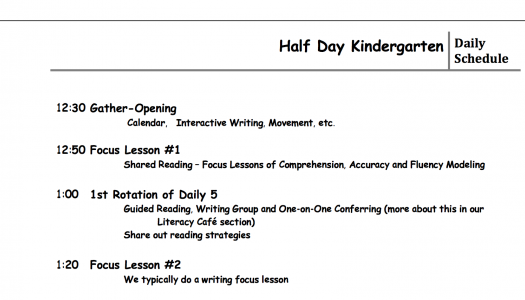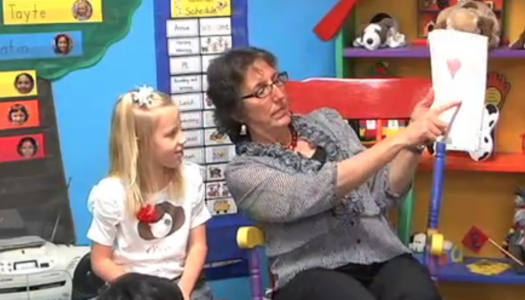From Emergent Menu to Reading Readiness Skills

Primary teachers often see the benefit of using the CAFE Menu but wonder how it applies to their beginning readers. In the past, our solution was to direct primary teachers to the Emergent CAFE Menu, which was designed for our most emergent readers working on concepts of print, letter recognition and sounds, and other basic prereading skills. The idea was that once students mastered the skills on the Emergent CAFE Menu, they would transition to the CAFE Menu. However, since the Emergent Menu consists only of concepts of print/readiness skills for readers, it does not help readers strategically move through text. Once readers know the skills on the Emergent Menu, they no longer need to access it.
For example, think about the readiness skill of letter identification. If a child opens a book to read and doesn’t know a word, it doesn’t matter whether they know their letters. They aren’t going to look to the menu and say, “If I knew these letters, I could read this word.” Letter identification is a constrained skill. Once readers know their letters, they do not have to go back and revisit the menu to help them identify letters. Instead, they would use accuracy strategies on the CAFE Menu to determine the word.
So, what does this mean for the Emergent Menu? This in-depth look at the purpose of the CAFE Menu and the content in the emergent version led us to make a shift in our practice. We no longer use the Emergent Menu as a classroom tool and instead use it for what it truly is: a checklist. The skills on the Emergent Menu are essential for our beginning readers, so they can’t be overlooked. However, now we use the Reading Readiness Skills checklist in our conferring notebook as a prerequisite before students move into goals on the CAFE Menu. This document is the Emergent Menu, in checklist form.
If our students are all in the prereading stage, do we still post a CAFE Menu? We do. We take time to introduce the four main goals to establish its purpose, and then we move into introducing strategies we use first as listeners and then as readers. You can read more about what this sounds like here.






